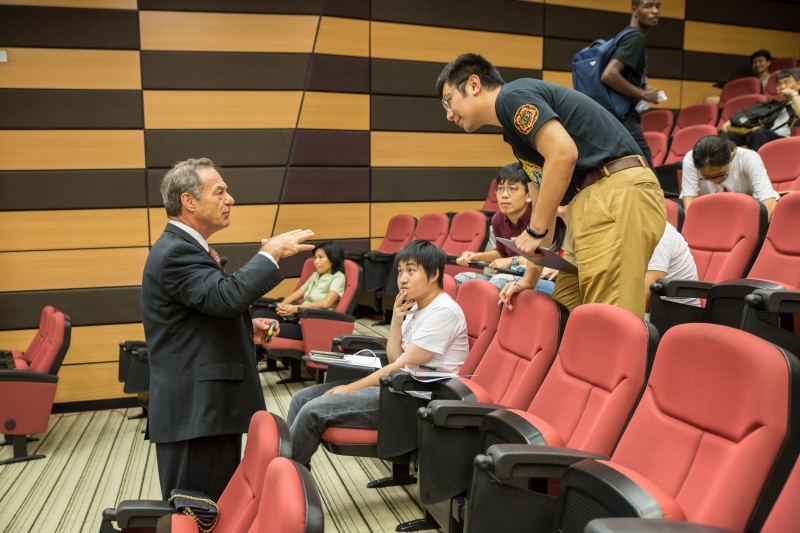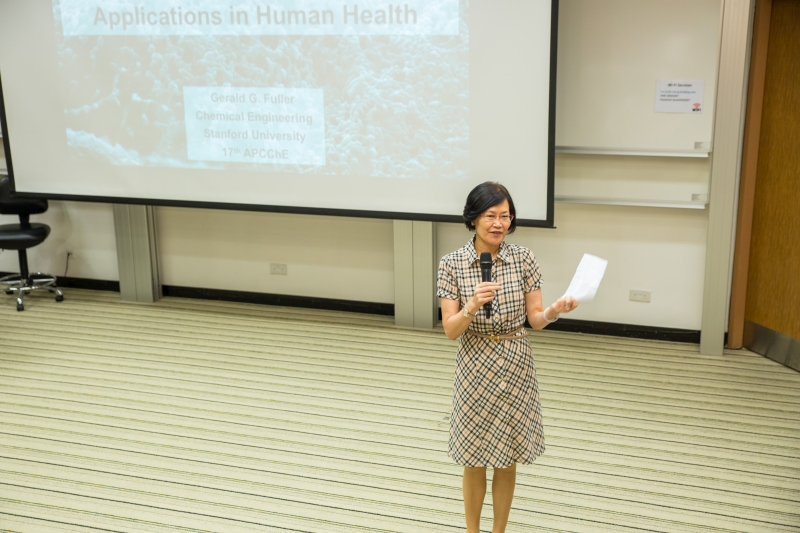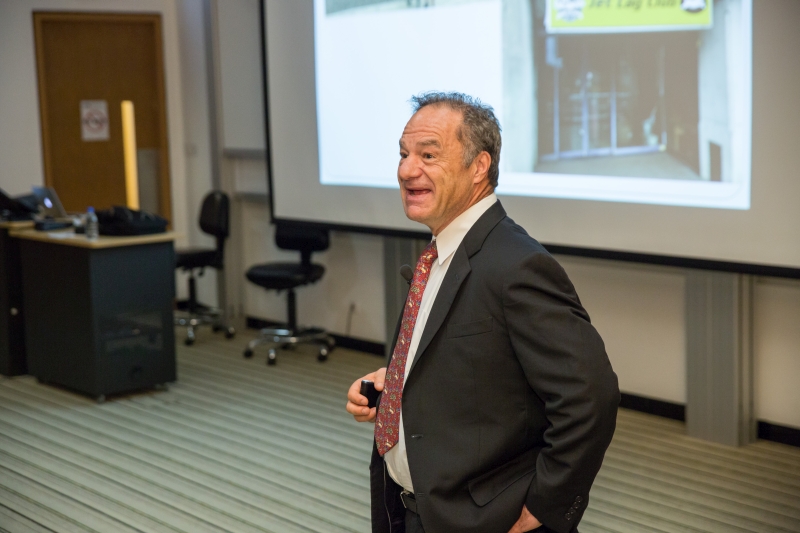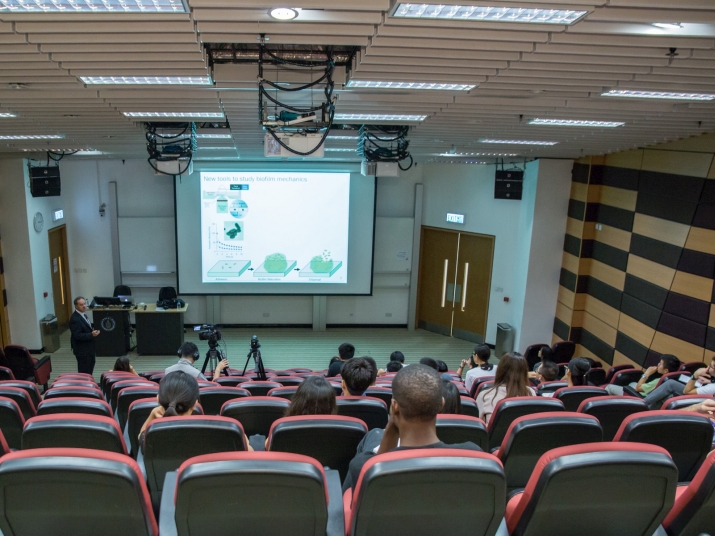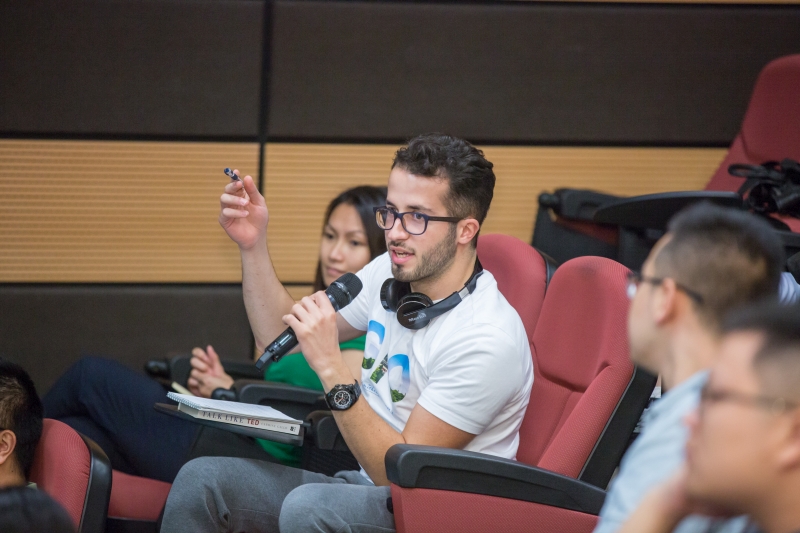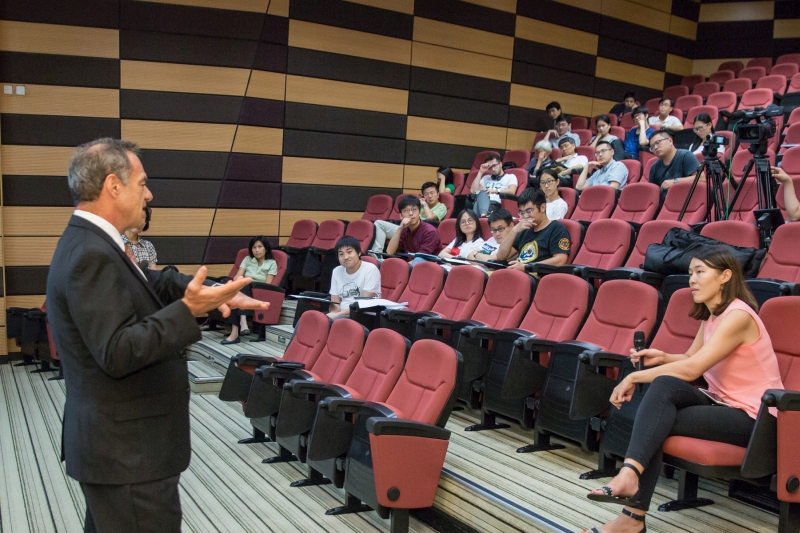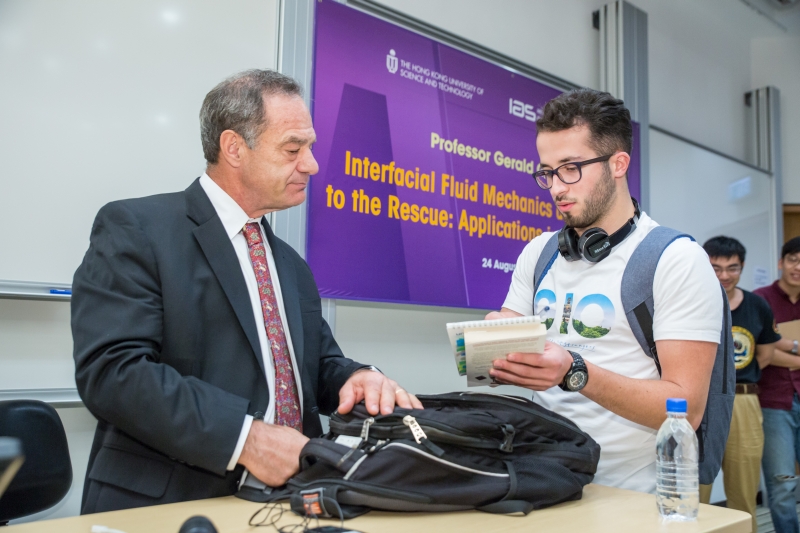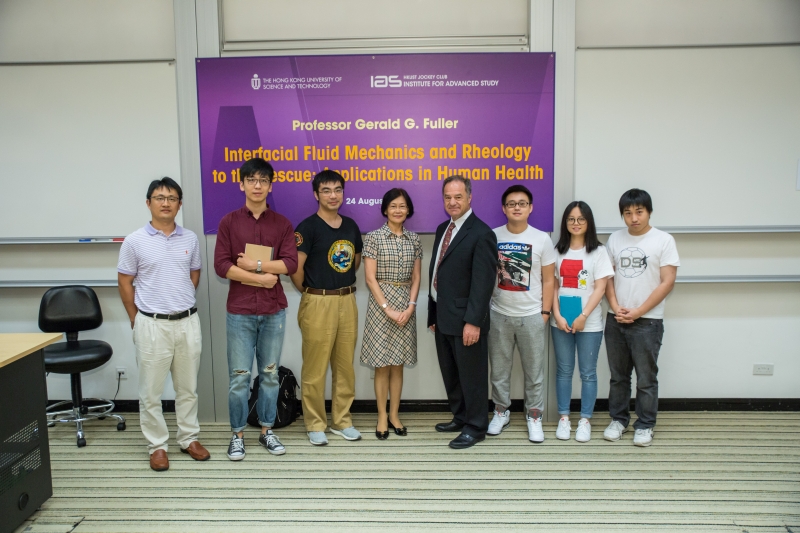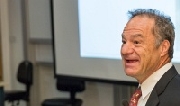Interfacial Fluid Mechanics and Rheology to the Rescue: Applications in Human Health
Abstract
Biofilms are multicellular communities consisting of microorganisms enmeshed in an extracellular matrix of biopolymers. The matrix provides the community structure and cohesiveness and allows it to adhere to a variety of interfaces. These factors allow biofilms to persist in a variety of settings, ranging from large-scale industrial equipment to medical implants in the human host. In fact, many infections are now appreciated to be biofilm-related and are difficult to treat by traditional means such as antibiotics.
To combat unwanted biofilms, a current strategy is to take a biophysical approach and interfere with the biofilm structure by disrupting the extracellular matrix. This strategy could revoke the survival advantages provided to the microorganisms by existing in the biofilm community. It also avoids the life-or-death pressure placed on microorganisms by traditional antibiotic treatment that gives rise to drug resistant mutations. However, to achieve this goal of targeting the extracellular matrix, we require an improved understanding of the underlying mechanical properties of the biofilm structure.
In this lecture, the speaker will describe the use of modified rheological methods to quantify mechanical interactions relevant at all stages of the biofilm lifecycle, including: initial microbial adhesion to interfaces, maturation of the biofilm structure, and microbial dispersal. A Live Cell Monolayer Rheometer (LCMR) was used to study adhesion of uropathogenic Escherichia coli to bladder epithelial cells, the initial step in bladder infection. In a separate study, interfacial shear rheology was used to study the maturation of biofilms formed at the air-liquid interface by Vibrio cholerae, the causative agent of cholera. It was discovered that out of several known extracellular matrix components in the V. cholerae biofilm, a specific matrix protein called Bap1 contributed significantly to maintenance of biofilm elasticity, biofilm hydrophobicity, and development of a mature biofilm structure.
About the speaker
Prof. Gerald G. Fuller received his PhD in Chemical Engineering from the California Institute of Technology in 1980. He joined Stanford University afterwards and is currently the Fletcher Jones II Professor and Professor of Chemical Engineering.
Prof. Fuller’s research focuses on the dynamics and structure of complex, fluid-fluid interfaces subjected to flow. This experimental effort considers the use of optical probes such as polarimetry, Brewster angle microscopy, and fluorescence microscopy to probe the response of the microstructure of Langmuir monolayers to hydrodynamic forces.
Prof. Fuller received prestigious awards, including the Bingham Medal by the Society of Rheology (1993) and the Allan Cox Medal for Faculty Excellence in Fostering Undergraduate Research by Stanford University (2006). He was also elected Fellow of the American Physical Society (1993); Fellow of the American Academy of Arts and Sciences (2016) and Member of the US National Academy of Engineering (2005).

